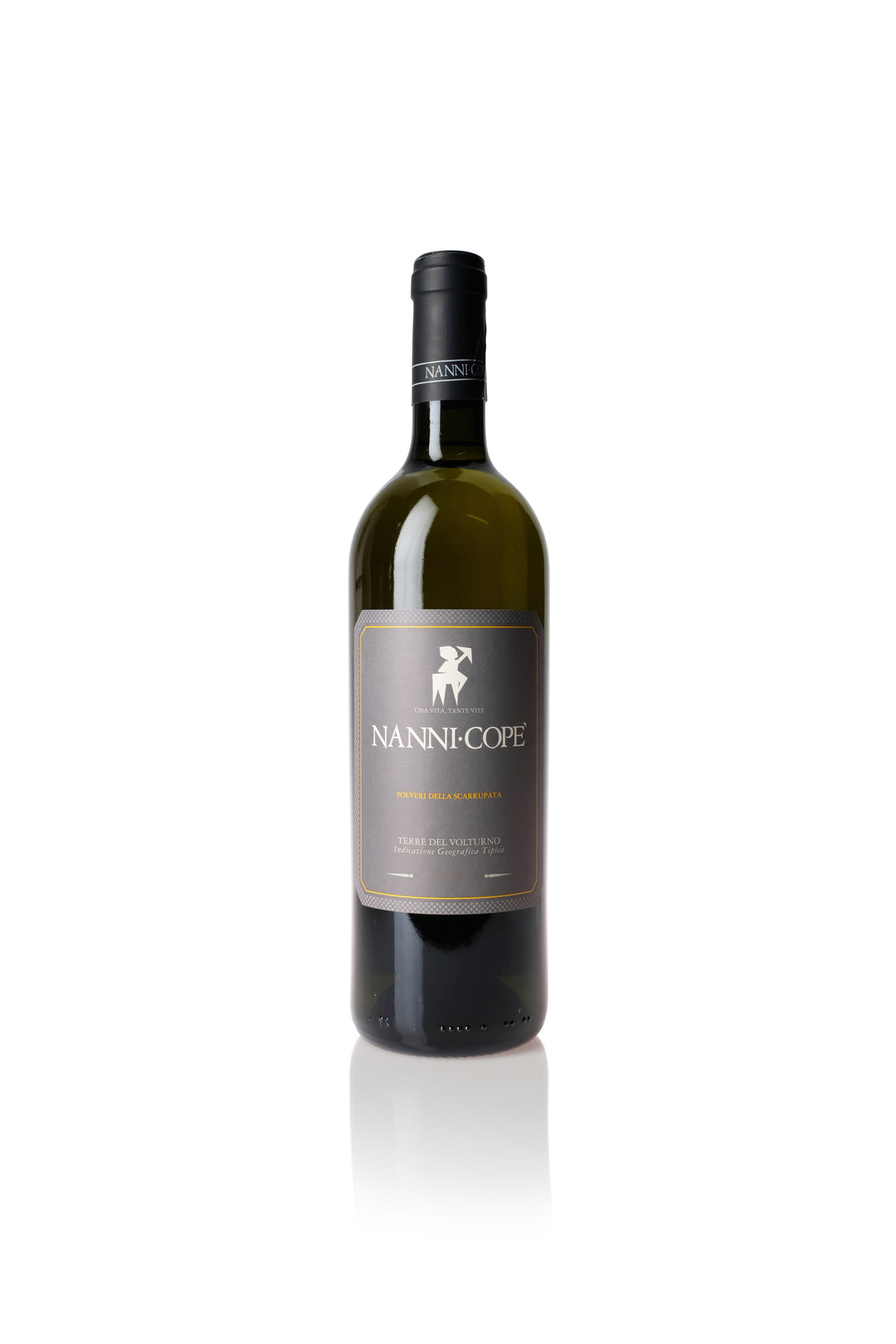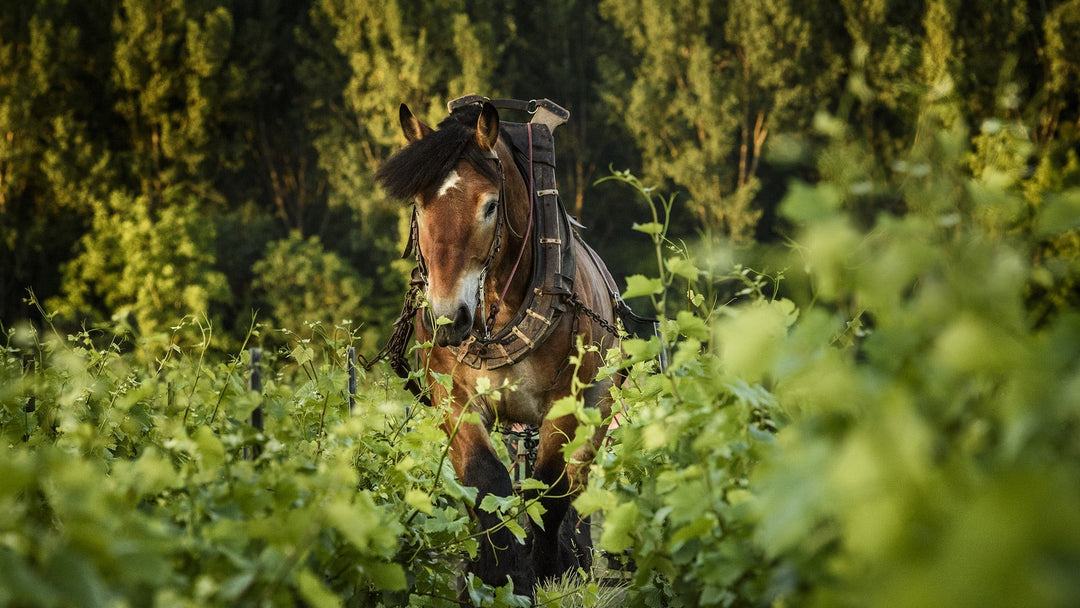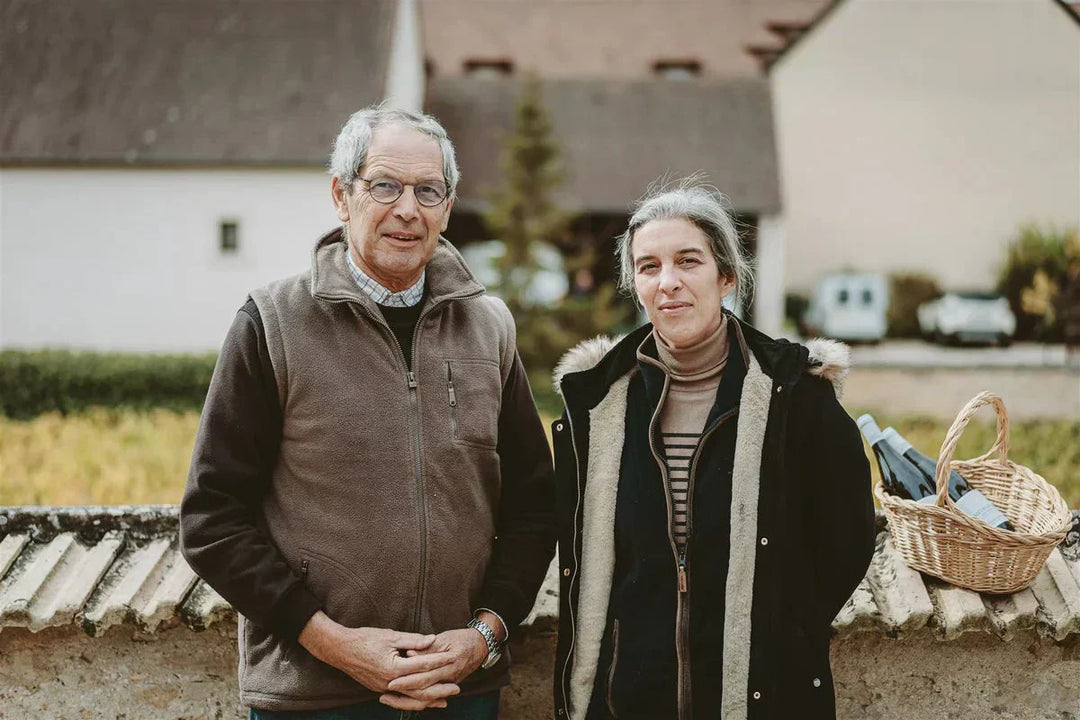AGE-WORTHY ITALIAN WHITES
November 24, 2018
Sarah Bray is a dear friend of Hart & Cru and we are excited she was able to write this week's post for Sunday Wine Reads. Learn More about Sarah at the end of this Article.
I have a thing for Italy; in fact, I’ve been obsessed with it since I was 13 years old. Not because of a trip I went on, but one I didn’t get invited to join. My mother went to Tuscany with her sister and parents, and, shockingly, I wasn’t invited. (For a little context: we’d been to France when I was much younger, and because I spoke the language, I just assumed that I was eternally useful and would always be brought along. Now, as an adult, I fully appreciate why I was left at home.) So I made a resolution to learn Italian and never be left behind again. Fast forward to university, where I picked the language up, and to studying and living in Florence and Rome, where I fine-tuned it, and ultimately to a career in Italian wine, where I have the great joy of spending several months a year in my favorite country—I’d say the plan worked out pretty well. Now, my mom comes along on my trips whenever she can.
Diving into the world of Italian whites
Since my mother is my go-to travel partner and she’s a white wine drinker, I’ve had fun diving into the world of Italian whites (on her behalf, of course), both as we look for wines to drink and to cellar. When you think of Italian wine, it’s usually the reds that come to mind—nebbiolo, sangiovese, aglianico, to name a few—and in fact, the more you read and study, the worse off the whites are portrayed, often described as insipid, neutral, without character. I don’t know what wines some of these writers have been insisting on drinking, because Italy is a treasure trove when it comes to variety, and the diversity of interesting, textural, and, yes, age-worthy whites being produced up and down the country is so exciting.
What’s so exciting, you ask? Their age-worthiness.
I’ve tasted 21-year-old aged ribolla gialla from the northeastern region of Friuli, a wine that was not about fruit but about structure, and 18-year-old fiano di Avellino, the great white wine from Campania, with its beautiful acidity and minerality. I’ve sat seaside, making my way through bottles of fresh grillo and zibbibo (Sicilian for the muscat d’Alexandria grape) that tasted faintly of salt and almonds. I’ve had my mind-blown by a high-altitude, single-vineyard cru of timorasso, the almost extinct and now-making-a-comeback indigenous grape from Piedmont’s Colli Tortonesi. And I’ve savored so, so many glasses of carricante with friends on the slopes of Mt. Etna, pondering its unique character that brings together the minerality of lavic soils, the acidity from high altitude plantings at 3,300 feet above sea level, and a waxy character that comes out with age that recalls the great chenin blancs of the world. Textural complexity. Acidity and freshness. A savory, sometimes mineral character. These are all elements I look for in Italian whites especially as I think about wines to cellar, and the sheer diversity of options—to drink now, yes, but so impressive with age—has made it a really fun journey. Good thing my mom still likes to be the driver.
by Sarah Bray, Brand Ambassador Passopisciaro - the CRU
SOME OF SARAH’S FAVORITE AGE-WORTHY WHITE WINES FROM ITALY:
RONCHI DI CIALLA, “CIALLABIANCO”
This producer from Friuli makes wines that only get better with age—indeed, they’re known for holding wines back for years and releasing cellar stock (although it seems far too many people have cottoned on, as these stores are increasingly depleted). The Ciallabianco is a blend of ribolla gialla, picolit, and verduzzo, grown at the family’s estate in the hillsides around Udine, near where Friuli meets Slovenia. While rich and coppery in youth, with age, it shows both power and grace. When I tasted the 1997, it proved to be not about fruit but about structure and texture—the best that aged Friulian wine can offer.
BENANTI, “PIETRA MARINA” ETNA BIANCO SUPERIORE D.O.C.
I recently had the revelatory experience of tasting Benanti’s Pietra Marina, the benchmark for the carricante grape on Mt. Etna, back to the 1995 vintage, and man, is this an impressive wine. As an Etna Bianco Superiore, all the grapes are grown in the town of Milo on the eastern face of the volcano at 2,600 feet above sea level, and this carricante only sees stainless steel to maintain its pure varietal and terroir expression. In youth, Pietra Marina has an almost herbal quality; it’s fresh, juicy, super sapid and mineral, all alongside that razor-sharp acidity you associate with the grape. With age, a richer side comes out, yet it preserves a startling acidity and freshness. The 2001 was the wine for me, with its lanolin and beeswax notes juxtaposed with a ripe pear and spicy, ginger note. It possessed a silkiness under the austere acidity; a hint of sweetness with a bite on the finish; and a salty note reminiscent of wet granite as the lasting impression. This wine just begs for aging.
AZIENDA AGRICOLA DI MEO, “SELEZIONE ERMINIA” FIANO DI AVELLINO D.O.C.G.
Hot damn, this was a stunning find. I was in a trattoria in Florence, and my eye was drawn to its age—did they really have a 2000 Fiano on the list, for so cheap? This grape is ancient, grown since Roman times, and while floral in youth, it develops a flinty, honeyed character that matches the weight of the wine over time, yet with a brightness that belies its age. Tasting the 18-year-old expression of this wine, I was surprised to find it was fresh as a daisy. Alongside its beautiful acidity and minerality, notes of lemon rind, white pepper, and wet stone opened up on the palate. It had such a long finish and so much life ahead of it. (This wine has limited distribution in the U.S., so if you can’t find it, I highly recommend checking out the wines of Guido Marsella for a deliciously fresh and savory alternative.)
EZIO POGGIO, “L’ARCHETIPO” TIMORASSO
That aforementioned, mind-blowing timorasso? That’s this wine. The grape is native to this particular zone of Piedmont in northwestern Italy and, after nearly facing extinction as recently as the 80s and 90s, it has seen a resurgence in plantings and producers focusing on its uniquely floral, mineral, and textural characteristics. Winemaker Ezio Poggio has been part of the resurgence, reestablishing a long-lost growing zone now called Terre di Libarna, which lies along the mountains that separate Piedmont from Liguria–the highest elevation growing region for the grape, at nearly 2,000 feet above sea level. The results are stunning, and this single-vineyard expression, which sees only stainless steel and extended lees aging, is a wine that I want to see evolve in my cellar, even though I’m tempted to drink it all now.
PASSOPISCIARO, “PASSOBIANCO” CHARDONNAY
Ok, this seems like an outlier (international variety) and redundant (I’ve already talked about Etna)–unless you know that I’m the brand ambassador for this winery. Potential conflict of interest aside, this is a wine that literally changed my life, so I can’t not include it in a round-up of favorite Italian whites. Having tasted this pure, mineral-driven expression of chardonnay grown at upwards 3,300 feet above sea level on the northern face of the volcano back in 2014, I left a desk job in New York to participate in the harvest of this wine. Because every section of volcanic soil is so different, the process is in-depth and meticulous–the bunches are picked sporadically, with whole sections marked off by rolls of red and white tape, showing where the grapes not yet ripe still hung heavy on the vines, amidst rows of tightly-packed vines already relieved of their burdens. The results are stunning every vintage, and I love exploring it both upon release and as it evolves. I should know–it’s basically my house white.
MORE ABOUT SARAH BRAY
Sarah Bray, DipWSET, is a communications professional with a background in editorial and brand content creation, digital marketing, and event planning who focuses on wine. She is currently the U.S. brand ambassador for Tenuta di Trinoro(Tuscany) and Passopisciaro(Mount Etna), as well as the European director of VinConnect, through which she liaises with top estates in Europe to develop their direct-to-consumer marketing channels. Bray is a founding member of the Batonnage Forum, a platform to discuss issues affecting women throughout the wine industry, and is part of the team that implements Sherryfest, an event that promotes the wines of Jerez to American audiences. She holds the highest-level recognition from the internationally renowned Wines & Spirits Education Trust ”Level 4 Diploma in Wine and Spirit” and is a Master of Wine candidate.







